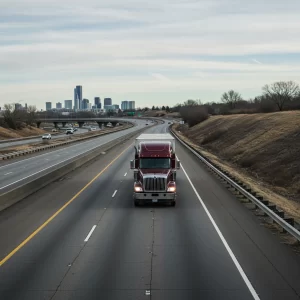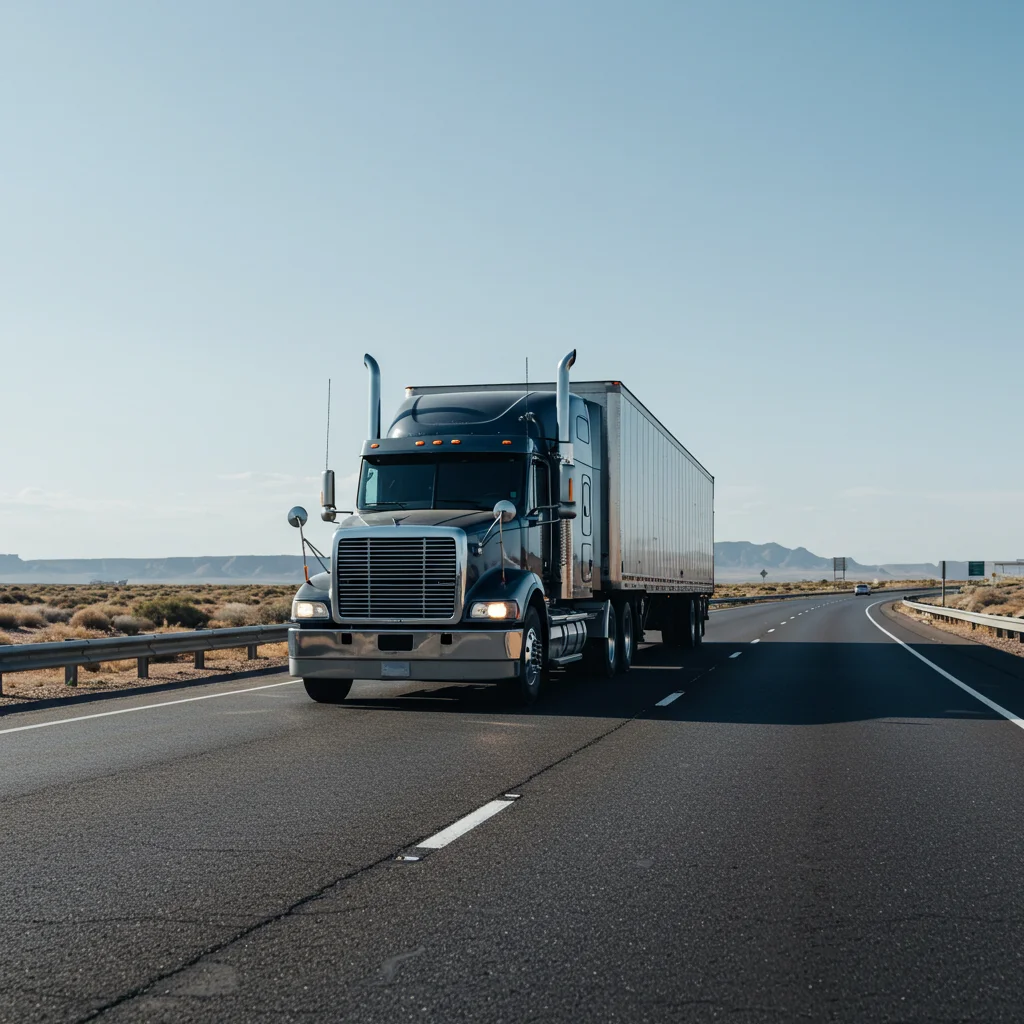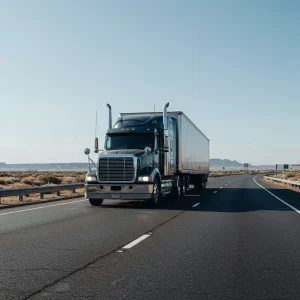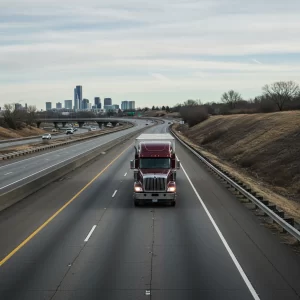
Can My Truck Be Impounded for Clean Truck Check Violations?
Can My Truck Be Impounded for Clean Truck Check Violations?
The Clean Truck Check is a new rule from the California Air Resources Board (CARB). It started fully in January 2025. It helps keep the air clean by checking big trucks for pollution. It replaced an older program called the Periodic Smoke Inspection Program (PSIP). Now, trucks must be tested more often. These tests check if the trucks are putting out too much smoke or pollution. The rule is part of the Heavy-Duty Inspection and Maintenance (HD I/M) program. All results are sent through the Vehicle Inspection System (CTC-VIS). Trucks can be tested at approved places or by using special tools that connect to the truck’s computer.

CARB made this program to make sure truck fleets follow air pollution rules. A fleet is a group of trucks owned by a company. This program uses special tools like onboard diagnostics (OBD) and Portable Emission Acquisition Systems (PEAQS) to check trucks. These tools help CARB watch how much pollution trucks are making. Fleets must send their results to the CTC-VIS. This helps track which trucks are clean and which need repairs. Even trucks from outside California must follow the same rules. This helps companies take better care of their trucks and keep the air clean. Learn more at Clean Truck Check.
The Clean Truck Check is for heavy-duty diesel trucks that weigh more than 14,000 pounds and drive in California. This includes commercial trucks, diesel motorhomes, recreational vehicles, out-of-state trucks, and agricultural vehicles. Some vehicles don’t have to follow this rule. These include zero-emissions vehicles, military tactical vehicles, emergency vehicles, and historical vehicles. Gasoline and alternative fuel vehicles have different rules. The main reason for this program is to make sure all trucks driving in California follow the same clean air rules. Trucks must send emissions data and get a certificate of compliance.
The Clean Truck Check in Indian Wells, CA affects trucks from California and from other states. If a truck drives in California, it must follow the same rules. This includes sending test results and paying a fee. The deadlines for testing are based on when the truck’s DMV registration expires. Each truck also has a VIN-based testing deadline. If a truck does not follow the rules, it can be fined up to $10,000 per day. The DMV can also stop the truck’s registration. This program makes sure all trucks on California highways meet the same clean air standards.
The Clean Truck Check helps lower pollution from diesel trucks. This includes harmful gases like nitrogen oxides (NOx) and dirty smoke. The rule says trucks must meet a NOx limit of 0.01 grams per brake horsepower-hour. Trucks must also pass a smoke opacity test using the SAE J1667 standard. During testing, inspectors check the truck using J1939 and J1979 computer systems. They also do a visual and functional inspection to make sure the truck is not tampered with. This helps CARB find trucks that need repairs and fix them before they cause more pollution.
The goal of the Clean Truck Check is to clean up California’s air by fixing trucks that pollute too much. The program started in January 2023 and became required for all trucks by January 2025. To join the program, truck owners must pay a $30 fee (now it’s $31.18). They must also test their trucks twice a year. The testing schedule is based on the truck’s DMV registration date. Test results must be sent to CARB through the CTC-VIS system. If the truck passes, it gets a certificate of compliance, showing it meets the rules.
CARB created the Clean Truck Check to fix a big problem too much pollution from trucks, especially in areas like Fresno and other busy parts of California. The old program, called PSIP, was not enough. The new rules include better tests, stronger tools, and stricter deadlines. The program started in January 2023. It became fully required by January 2025. In January 2027, even more rules will start, like checking for tampering and making sure parts are not removed or broken. If a truck fails the test, the owner must show proof of correction or face big fines and a DMV hold.
The Clean Truck Check uses new technology to make testing easier. Telematics devices help check the truck’s emissions without going to a testing center. These tools plug into the truck’s OBD port. Some are always connected (continuously connected), and some are only used during the test (non-continuously connected) using a T-harness. These devices send information to CTC-VIS. This helps truck owners, technicians, and fleet managers find problems early, do emission repairs, and stay compliant. It also helps with fleet maintenance, driver coaching, and tracking vehicles in real time. The program uses this smart tech to make everything work faster and better.
Fleet managers, owner-operators, service centers, dealerships, and technicians all benefit from the Clean Truck Check. The rule helps them stay on top of emissions testing and avoid expensive fines. If a truck gets a Notice to Submit to Testing (NST), it must be tested right away. Submitting an Emissions Diagnostics Report early can help avoid problems. If a truck refuses inspection or is tampered with, it can be fined and blocked from getting DMV tags. The Clean Truck Check also helps with fleet optimization and planning. It gives managers a way to keep trucks running clean and save money in the long run.

Can My Truck Be Impounded for Clean Truck Check Violations?

Why Registration for Clean Truck Check is Mandatory

Clean Truck Check Penalties: What Happens If You Don’t Comply?

Understanding the Impact of Air Quality Rules on Older Diesel Trucks

Which Truck Types Are Subject to Clean Truck Check?

Why Pre-Emission Trucks Matter for California Regulations